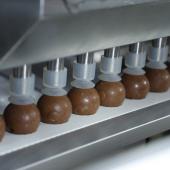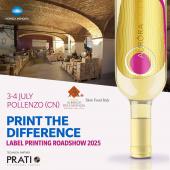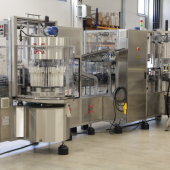New Robotics: 5.0 and human centric
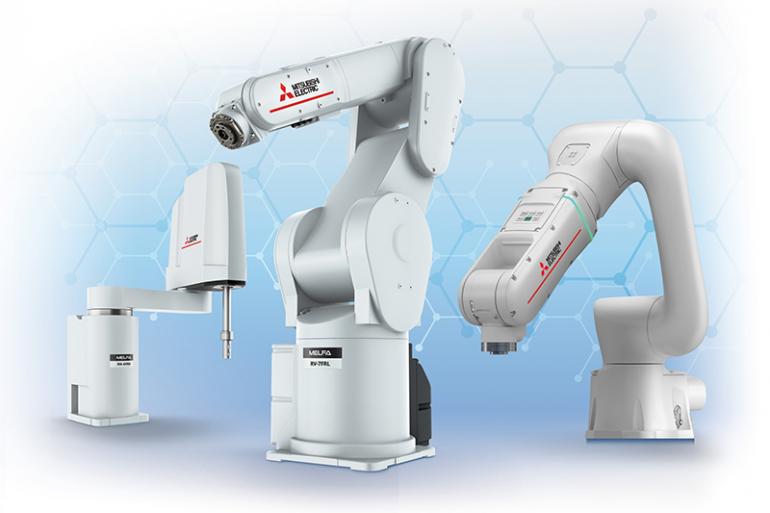
More efficient food industry with Mitsubishi Electric collaborative robots that, in addition to speed and reliability, ensure a new and different integration with the human operator.
The last year and a half has been the most challenging period in decades for the food industry as well, with a market marked by profound changes and a very significant fragmentation of sales, as Italian consumers have begun to pay more attention to prices and the characteristics of the shopping cart again.
The consequence of this phenomenon has been the request for a greater number of production batches, a smaller quantity of product and the reduction of production costs which, on an industrial level, means the request for greater operational flexibility of lines, plants and machines, and this in particular in Food & Beverage.
In order to face the new challenges, we are witnessing a constant increase in the use of electronics and automation on both machines and production lines, since making a format change or a customization with mechanical adjustments and modifications or with human intervention alone is now anachronistic.
Keyword: interconnection
In this context, robots represent flexible solutions that make it possible to cope with fluctuations in demand and increase company productivity effectively. Robotics, therefore, is no longer considered as an extraneous element of the automation solution, but is an integral part of the systems between the key players. The interconnection between robots and other system elements becomes a key added value, essential to increasingly fuel vertical integration with IT, Edge and Cloud Computing systems.
The vision of the role of robotics according to Mitsubishi Electric is based on three conceptual pillars: integration, intelligence and safety, meaning human-robot collaboration.
The introduction of collaborative solutions, in fact, has made it possible to enhance the spirit of craftsmanship at the basis of many SMEs, allowing the high production volumes required by the market for complete operator safety.
The new robotic islands free the operator from repetitive and alienating tasks, shifting the focus to the most delicate and high value-added operations, while increasing the precision of operations.
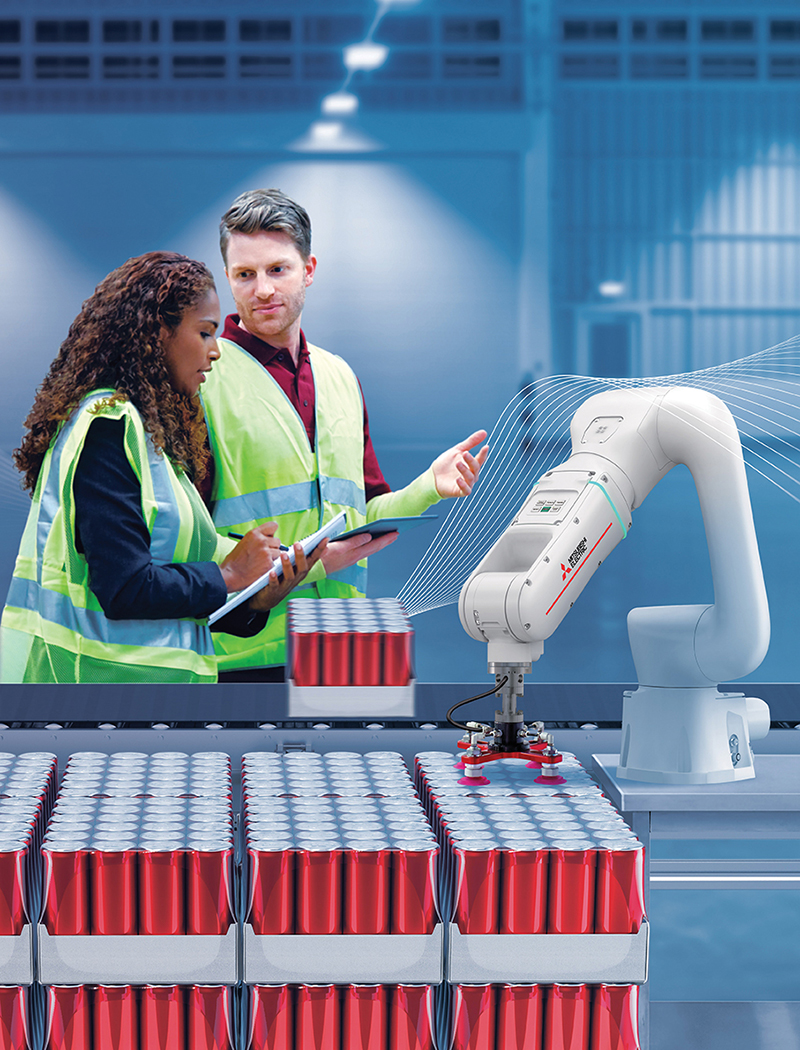
The cobot integrates with the human experience
Today we talk about Industry 5.0 paradigm, which brings with it a new approach to robotics, defined as "human centric"; in this new context, the collaboration between robots and operators represents the central element of the Smart Factory.
And it is with this in mind that Mitsubishi Electric has developed a complete collaborative approach, structured according to levels of interaction between man and robot, based on two fundamental variables: line productivity and interaction time.
Mitsubishi Electric's answer to the most advanced requests for collaboration is represented by the MELFA ASSISTA, a cobot with an ergonomic design that does not give up the quality typical of the industrial environment.
The advantages offered by the use of cobots in packaging and wrapping operations are significant, since these are contexts where the precision typical of industrial robotics is now complemented by the operator's experience.
Moreover, quality control activities are delegated to cobots, with a strong increase in collaborative solutions equipped with vision systems, which allow to increase the reliability of inspection and ensure a decrease in cycle time.















